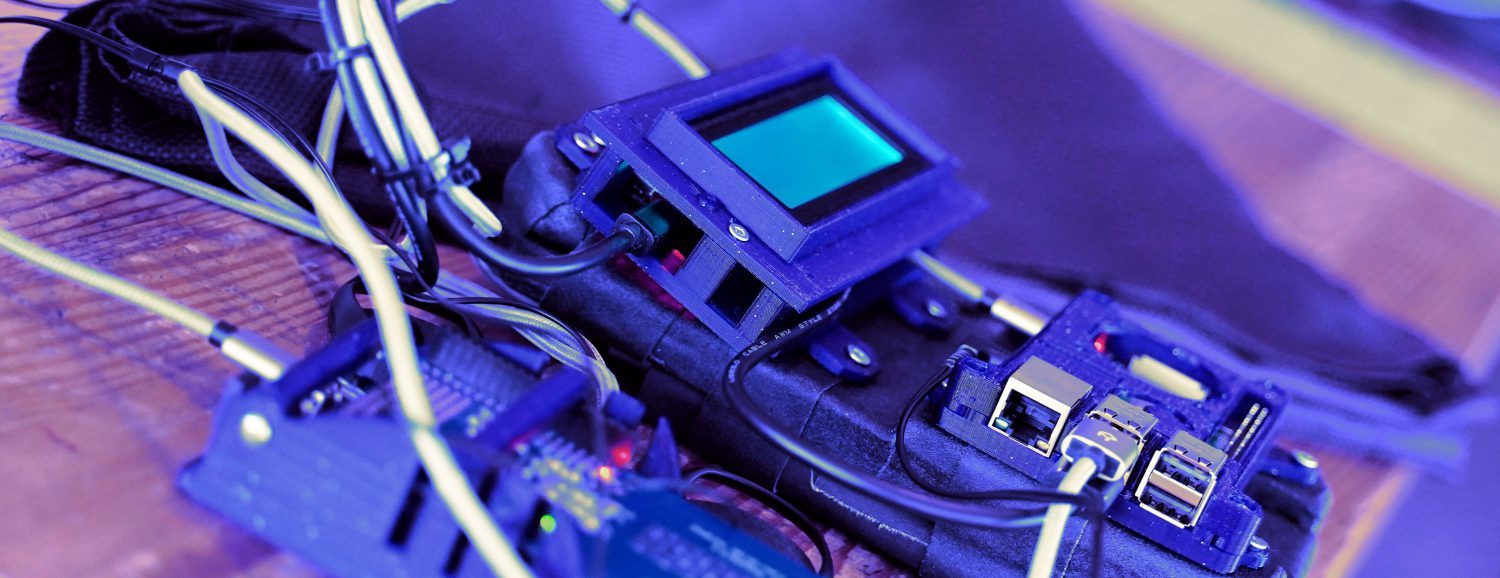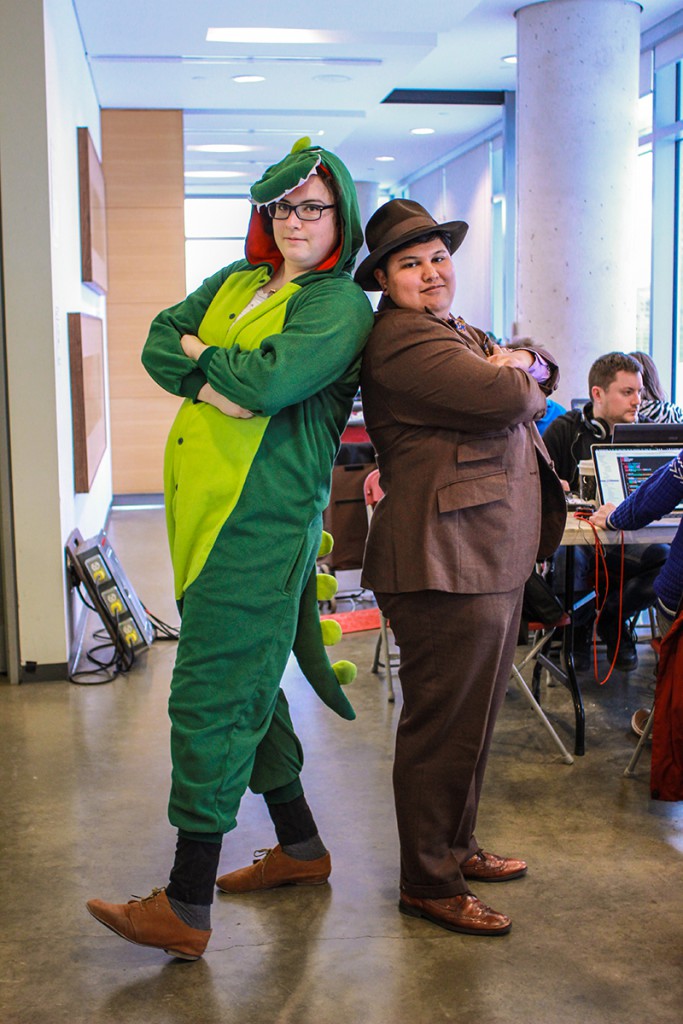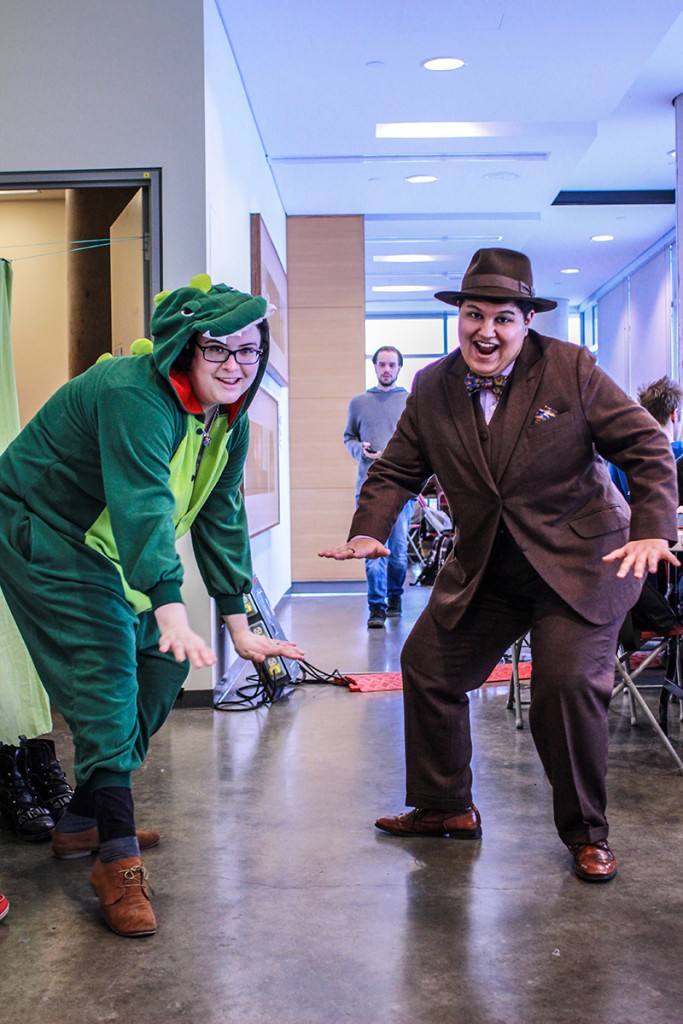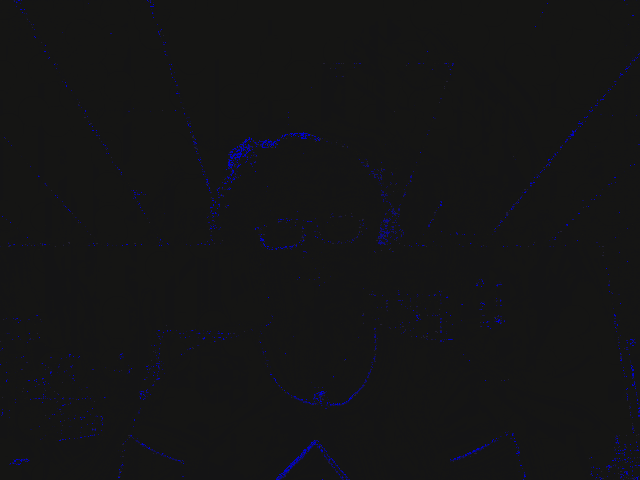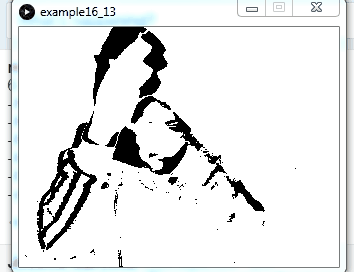I’ve been meaning to write for some time now about Global Game Jam 2016 and the Take Care Jam, two jams that took place one weekend after the other (which is why I guess why I haven’t managed to write about them yet, what with the jams and the work I had to catch up on afterwards). I thought that GGJ would be an exhausting all-nighter pulling event (because it usually is) and that I would then decompress at the low-key, care-focused Take Care Jam, but that turned out not to be the case.
I arrived at Global Game Jam on Friday in time to engineer our now-traditional Game Jam Blanket Fort (ever since Pixelles Montreal ran TeaCade, we are in love with comfy time-out spots at our community events – GAMERella had a pretty excellent one, TAG’s GGJ16 location had one, and so would the Take Care Jam, as it turns out). During GAMERella, my goal is to work with a new jammer and help them have a positive first jam experience. Global Game Jam is my more selfish jam – I like to work with people that I already know and trust.
So! There were plenty of people that I knew at the jam, but it seemed like many of them were about to agglomerate into one large group. At a jam, my preference is to work in a team of three or less – maximum four. I find that it’s easier to stay within a manageable scope and to quickly find mutual game making interests. So, after some quick decision-making, I ended up working with Dietrich “Squinky” Squinkifer for the jam.
THE GAME: “Most Sincere Greetings, Esteemed One”
[You can also read Squinky’s introductory writeup about the game here.]
We scoped with a laser-focus (see what I did there?) – having a two-person team meant choosing our priorities very carefully. Exploring the jam’s theme (“Ritual”) through some quick brainstorming maps and settled on exploring the awkwardness of greetings. We chose to use as much theatricality and physicality in the game as we could, and so we hit on a game where players would be instructed to perform different greetings with one another. We made an aluminum-foil gong as a button using a Makey-Makey and had players wear the Muse headset to help set our stage. Combined with Squinky’s JavaScript/JSON/web dev skills and the Tracery library (link) to create procedurally-generated instructions, how could we miss?
By the end of the first night (we closed up shop at around midnight, having started to jam in earnest around, let’s say…6:30PM?), we basically had a working version of our game…From there, we just kept adding, polishing and giggling to ourselves about all the excellent procedurally-generated content that we were building, and doing our best to put our best foot forward on all of the items that it was possible for us to share on our game’s global game jam page: a gameplay video, a dashing team portrait, a github repository of our code, screenshots from the game, etc.
The great thing about this jam is that I went home to sleep both nights and didn’t feel any time pressure. I really enjoyed working with Squinky – we share similar senses of humour and they are a great jam partner. They’ve also got mad skills – both for making games and cookies! Our game even won an award for our prop-use.
The Take Care Jam, hosted by the Atwater Library in the context of Shanly Dixon’s Cyberviolence Against Women research, and planned and run by Stephanie Fisher and Kara Stone, is proof (much like my experience with Squinky at GGJ) that you don’t have to do a long crunch-filled jam for people to end up with interesting prototypes and ideas by the end. The weekend was filled with food breaks, multiple yoga sessions, and people just chatting and spending time with one another. We still made great things.
My team, which consisted of Nicole Pacampara and Amanda Tom (two people I was very happy to get the chance to finally work on a project with) along with honorary teammate Squinky (who fixed everything for us at the end with their mad skills and who I have already had the pleasure of working with) worked on a project about taking care of ourselves and of other people. The basic idea is that with a password-protected google form (you can see it here but I won’t tell you the password — you can ask for it if you like though – we just didn’t want people to add mean things) that creates a google spreadsheet. Using the spreadsheet as our database, we pull a random entry and display it on the Take Care Teller, which is like a fortune teller except it gives you an encouraging message or advice.
Here’s the current prototype of the Take Care Teller, hosted on Nicole’s site.
As you may have read by now, I’m learning Processing, and the amazing thing about this jam for me was realizing the literacy that learning Processing is giving me in other coding languages, too, just because there are lots of things that carry over. So, I was able to read most of our code that weekend (although I couldn’t have written it — that’ll come later, I hope).
At the end of the jam, after presenting our work to each other, we planted seeds from the Atwater Seed library (Guybrush the cat has knocked mine over already, but I will replant once he’s gone to his forever-home with Squinky — which will be soon!).
So, more on Processing soon…I’ve learned to do weird video googly-doos and plan to finish the book in the next two weeks!
